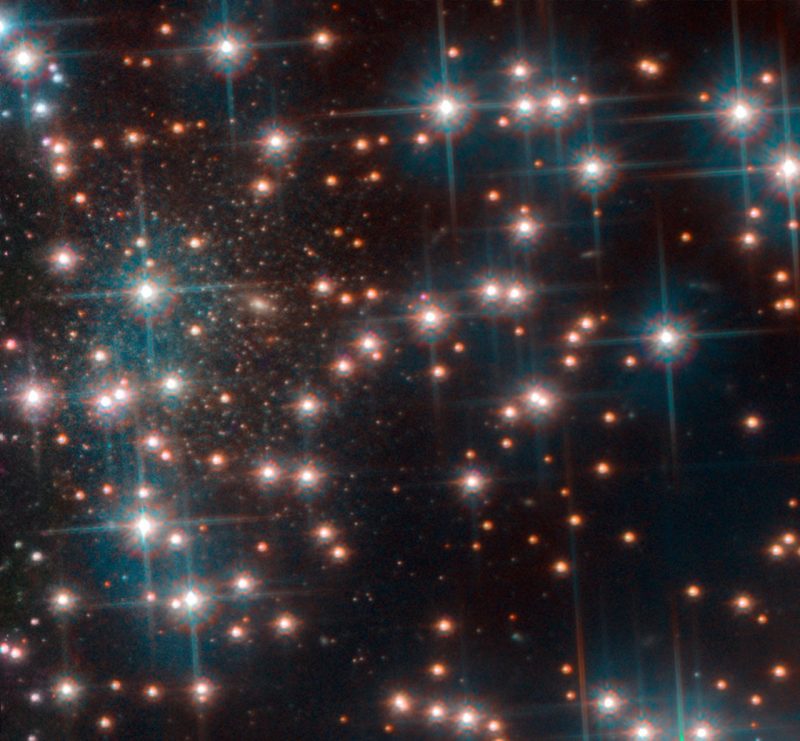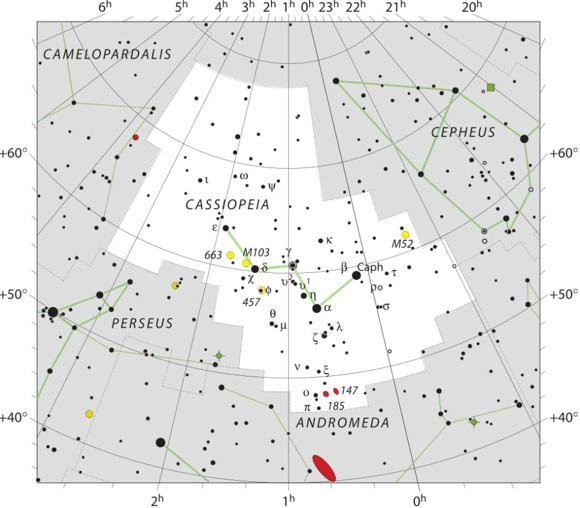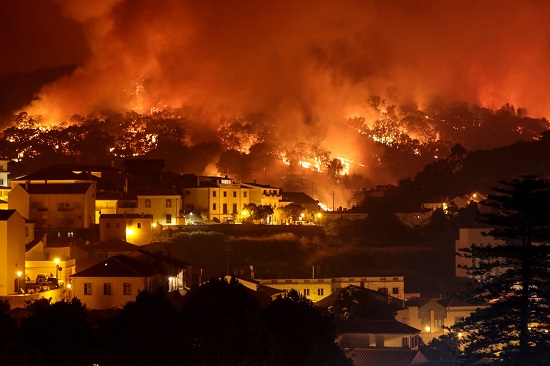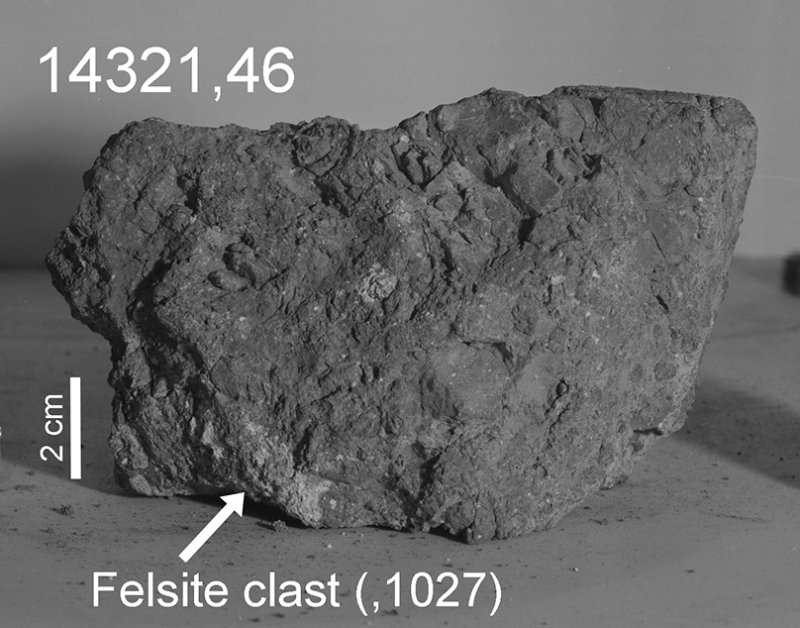
If you’ve ever completed a jigsaw puzzle you’ll know it’s foolish to jump straight in and start fitting pieces together.
You first need to collect together all the bits of sky, edge pieces and distinctive landmarks to assess the challenge ahead. And for a few hundred pieces this isn’t too much bother. But if you multiplied this 100 or 1000-fold then it would become a pretty taxing wet weather pursuit.
Yet it’s exactly these kinds of vast sorting and cataloguing exercises that research teams across the globe have established over the last decade or more to help decode cancer.
From The Cancer Genome Atlas (TCGA) project – aptly named after the chemical ‘letters’ T, C, G and A that make up the DNA code – to the International Cancer Genome Consortium (ICGC), they all carry a similar goal: document the faulty puzzle pieces locked inside a tumour’s DNA. Only then can scientists begin to work out what it all means.
Of course, these studies are a lot more complicated than the build up to completing a jigsaw. The discoveries that have emerged in recent years have pushed our understanding of many cancers to a new level – in some cases even challenging how we define the disease itself.
In recent years, the results of these projects have relabelled pancreatic cancer as at least four different types. Our own prostate cancer experts have made new discoveries on the origins of the disease and how it spreads around the body.
And in work published today in the journal Nature Genetics, Cancer Research UK-funded scientists have used data from the ICGC to uncover potential new drug targets for oesophageal cancer.
“For most patients we’ve managed to identify 3 or 4 DNA faults that are very important for that person’s tumour,” says Professor Rebecca Fitzgerald, who led the study at the MRC Cancer Unit in Cambridge. “Before that we didn’t have a clear idea of the key faults for that tumour type, so it’s a big step forward.”
And it turns out that over half of the tumours carry faults that suggest they may be sensitive to drugs already in clinical trials for breast cancer.
“This research could completely shift the paradigm from giving oesophageal cancer patients the same chemotherapy that we know doesn’t always work, to more targeted treatments based on individual characteristics of a patients tumour.”
But there’s more to these projects than the initial insights they offered for individual cancers. The studies that have been published are also leaving a legacy of data, offering an untapped resource that scientists are now beginning to pick apart.
From atlas to ‘rulebook’
One of the goals of projects like TCGA and the ICGC is to compile a definitive list of all the genetic errors found within tumours. But cataloguing these faults takes time, and money.
As a result, huge datasets sit on hard drives and servers as each individual project can only begin to scratch the surface of these data. But, crucially, these large-scale gene-sequencing projects have been designed so that other researchers can download the information too.
And now the benefits of this approach are coming into focus.
Our scientists in London are among those taking advantage of these data. “When the first cancer genome was sequenced I was just thinking about applying for a PhD,” explains Dr Nick McGranahan. Now, at the helm of his own research group at UCL, he’s writing the complex mathematical equations that are help track how tumours change as they grow and spread.
“Without a doubt, the TCGA has played a key role in shaping our understanding of which genetic faults occur in tumour development, and how they accumulate as the tumour grows,” he says.
In fact, one of their studies relied entirely on these freely available data, allowing the team to pen the first pages of what they see as an evolutionary ‘rulebook’ for cancer.
Adding more pieces to the puzzle
So, should we just make do with the data we have now? Or continue reading the genetic code of more and more tumours and make the jigsaw even bigger?
This is a key question for McGranahan – and the answer is probably both. “I think more data will yield more results,” he says. “But, equally, the data that is available hasn’t been explored to its full potential. We are probably only scratching the surface.”
The ICGC has recently stopped collecting new sequencing data. It’s shifting into a new phase, with a more clinical focus.
“We’ve got a pretty good catalogue of the genetic changes found in cancer through the original ICGC and the TCGA,” says Fitzgerald. “But we now need to leverage that information to improve outcomes for patients.”
Instead of getting a single snapshot of a tumour from each patient, the revamped ICGC is aiming to sequence multiple samples from a patient’s tumour over time and combine this with more detailed clinical information.
“We’re mainly looking at patients who are entering clinical trials, where we’d have information about a patient’s tumour and how they’ve responded to treatment,” says Fitzgerald.
This could help researchers ask questions about which targeted medicines could benefits patients with particular faults in their tumour DNA, for example. Or which faults determine how someone will respond to chemotherapy.
Making the pieces fit
Datasets like the ICGC and TCGA have blown the field wide open, allowing researchers to answer questions about tumour biology that wouldn’t have been possible before.
“It wasn’t that long ago that we only had a handful of sequenced tumours to analyse,” says McGranahan. “You could learn a lot about those samples, but you couldn’t understand how relevant the findings were to other cancers.”
“The fact that you have 10,000 tumours to explore, and it’s all publicly available data, is pretty incredible.”
And it’s not just the data that has driven progress.
“I’ve met all sorts of people through the ICGC in different scientific disciplines who I would never have met otherwise,” says Fitzgerald. “It’s led to some new collaborations and shared ways of doing things. That’s one of the best things about an international project of this kind.”
Nick
from Cancer Research UK – Science blog http://bit.ly/2UFy3y6

If you’ve ever completed a jigsaw puzzle you’ll know it’s foolish to jump straight in and start fitting pieces together.
You first need to collect together all the bits of sky, edge pieces and distinctive landmarks to assess the challenge ahead. And for a few hundred pieces this isn’t too much bother. But if you multiplied this 100 or 1000-fold then it would become a pretty taxing wet weather pursuit.
Yet it’s exactly these kinds of vast sorting and cataloguing exercises that research teams across the globe have established over the last decade or more to help decode cancer.
From The Cancer Genome Atlas (TCGA) project – aptly named after the chemical ‘letters’ T, C, G and A that make up the DNA code – to the International Cancer Genome Consortium (ICGC), they all carry a similar goal: document the faulty puzzle pieces locked inside a tumour’s DNA. Only then can scientists begin to work out what it all means.
Of course, these studies are a lot more complicated than the build up to completing a jigsaw. The discoveries that have emerged in recent years have pushed our understanding of many cancers to a new level – in some cases even challenging how we define the disease itself.
In recent years, the results of these projects have relabelled pancreatic cancer as at least four different types. Our own prostate cancer experts have made new discoveries on the origins of the disease and how it spreads around the body.
And in work published today in the journal Nature Genetics, Cancer Research UK-funded scientists have used data from the ICGC to uncover potential new drug targets for oesophageal cancer.
“For most patients we’ve managed to identify 3 or 4 DNA faults that are very important for that person’s tumour,” says Professor Rebecca Fitzgerald, who led the study at the MRC Cancer Unit in Cambridge. “Before that we didn’t have a clear idea of the key faults for that tumour type, so it’s a big step forward.”
And it turns out that over half of the tumours carry faults that suggest they may be sensitive to drugs already in clinical trials for breast cancer.
“This research could completely shift the paradigm from giving oesophageal cancer patients the same chemotherapy that we know doesn’t always work, to more targeted treatments based on individual characteristics of a patients tumour.”
But there’s more to these projects than the initial insights they offered for individual cancers. The studies that have been published are also leaving a legacy of data, offering an untapped resource that scientists are now beginning to pick apart.
From atlas to ‘rulebook’
One of the goals of projects like TCGA and the ICGC is to compile a definitive list of all the genetic errors found within tumours. But cataloguing these faults takes time, and money.
As a result, huge datasets sit on hard drives and servers as each individual project can only begin to scratch the surface of these data. But, crucially, these large-scale gene-sequencing projects have been designed so that other researchers can download the information too.
And now the benefits of this approach are coming into focus.
Our scientists in London are among those taking advantage of these data. “When the first cancer genome was sequenced I was just thinking about applying for a PhD,” explains Dr Nick McGranahan. Now, at the helm of his own research group at UCL, he’s writing the complex mathematical equations that are help track how tumours change as they grow and spread.
“Without a doubt, the TCGA has played a key role in shaping our understanding of which genetic faults occur in tumour development, and how they accumulate as the tumour grows,” he says.
In fact, one of their studies relied entirely on these freely available data, allowing the team to pen the first pages of what they see as an evolutionary ‘rulebook’ for cancer.
Adding more pieces to the puzzle
So, should we just make do with the data we have now? Or continue reading the genetic code of more and more tumours and make the jigsaw even bigger?
This is a key question for McGranahan – and the answer is probably both. “I think more data will yield more results,” he says. “But, equally, the data that is available hasn’t been explored to its full potential. We are probably only scratching the surface.”
The ICGC has recently stopped collecting new sequencing data. It’s shifting into a new phase, with a more clinical focus.
“We’ve got a pretty good catalogue of the genetic changes found in cancer through the original ICGC and the TCGA,” says Fitzgerald. “But we now need to leverage that information to improve outcomes for patients.”
Instead of getting a single snapshot of a tumour from each patient, the revamped ICGC is aiming to sequence multiple samples from a patient’s tumour over time and combine this with more detailed clinical information.
“We’re mainly looking at patients who are entering clinical trials, where we’d have information about a patient’s tumour and how they’ve responded to treatment,” says Fitzgerald.
This could help researchers ask questions about which targeted medicines could benefits patients with particular faults in their tumour DNA, for example. Or which faults determine how someone will respond to chemotherapy.
Making the pieces fit
Datasets like the ICGC and TCGA have blown the field wide open, allowing researchers to answer questions about tumour biology that wouldn’t have been possible before.
“It wasn’t that long ago that we only had a handful of sequenced tumours to analyse,” says McGranahan. “You could learn a lot about those samples, but you couldn’t understand how relevant the findings were to other cancers.”
“The fact that you have 10,000 tumours to explore, and it’s all publicly available data, is pretty incredible.”
And it’s not just the data that has driven progress.
“I’ve met all sorts of people through the ICGC in different scientific disciplines who I would never have met otherwise,” says Fitzgerald. “It’s led to some new collaborations and shared ways of doing things. That’s one of the best things about an international project of this kind.”
Nick
from Cancer Research UK – Science blog http://bit.ly/2UFy3y6
























